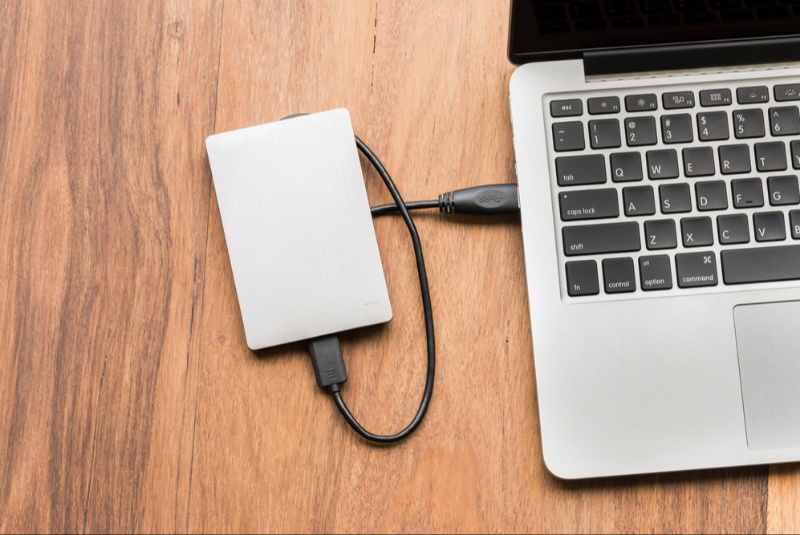A baby monitor is an essential tool for parents, providing peace of mind and the convenience of monitoring their child from a distance. With a range of options available, selecting a high-quality baby monitor that suits your needs can be daunting. This guide will help you navigate the features and considerations for making a wise purchase.
Understanding Different Types of Baby Monitors
Baby monitors come in various types, including audio-only, video, and movement monitors. Audio monitors allow you to hear your baby, while video monitors also provide visual monitoring. Movement monitors can alert you to changes in your baby’s movement patterns, offering an extra layer of safety.
Evaluating Audio and Video Quality
For audio monitors, sound clarity and sensitivity are crucial. Look for models with minimal interference and the ability to adjust volume and sensitivity. For video monitors, consider the resolution, night vision capabilities, and the size of the display screen for clear viewing.
Range and Signal Strength
The range of the baby monitor is an important factor, especially if you have a large house or thick walls. A monitor with a strong signal and long range ensures consistent monitoring without losing connection. Test the range in different areas of your home to ensure reliability.
Battery Life and Power Options
Consider the battery life of the monitor, especially for portable parent units. Long battery life or the option for plug-in power can prevent the monitor from dying at crucial times. Some models also offer a low-battery alert for added convenience.
Ease of Use and Setup
A user-friendly baby monitor can make a significant difference in your daily routine. Look for a monitor that is easy to set up and operate, with intuitive controls and straightforward functions. This is particularly important for sleep-deprived new parents.
Safety Features and Alerts
Safety is paramount when it comes to baby monitors. Features like temperature sensors, movement alerts, and two-way talk functions can provide added safety and reassurance. Ensure the monitor complies with safety standards and doesn't pose any risk to your baby.
Size, Portability, and Design
The size and portability of the monitor matter, especially if you need to move it around the house. Compact designs are easier to handle and transport. Also, consider the aesthetic aspect and choose a design that blends with your nursery’s decor.
Durability and Build Quality
Durability is key for a product that will be used daily. A high-quality monitor should withstand regular use and the occasional drop or bump. Examine the build quality and materials to ensure the monitor's longevity.

Privacy and Security
With the rise of smart monitors comes the concern for privacy and security. For Wi-Fi-enabled monitors, ensure they offer secure, encrypted connections to protect against hacking. Understand the privacy policies and security features of the device.
Advanced Features and Smart Technology
Modern baby monitors offer advanced features like Wi-Fi connectivity, app integration, and remote access. These features can provide convenience and enhanced monitoring capabilities. However, assess whether these high-tech features align with your needs and comfort level with technology.
Cost and Value for Money
Baby monitors range from budget-friendly to high-end models with numerous features. Set a budget considering the essential features you need. While a more expensive monitor may offer additional functionalities, a mid-range model might adequately meet your requirements.
Considering Environmental and Health Factors
When selecting a baby monitor, it's important to consider its environmental and health impact, particularly regarding emissions and materials. Some parents have concerns about the level of electromagnetic field (EMF) emissions from digital monitors, especially Wi-Fi-enabled models. If this is a concern, look for low-EMF models or opt for an analog audio monitor, which typically emits lower levels of radiation. Additionally, ensure the monitor is made from non-toxic materials, especially if there are components within the baby's reach. Choosing a monitor with eco-friendly and health-conscious features can provide added peace of mind.
Adapting to Growing Needs and Multiple Children
Consider how the baby monitor can adapt to the growing needs of your family, particularly if you plan to have more children. Some monitors offer the capability to connect multiple cameras, which is a handy feature for monitoring different rooms or several children at once. This multi-camera functionality can be a cost-effective solution in the long run, eliminating the need to purchase additional monitors as your family grows. Look for models that are expandable and offer easy synchronization with additional cameras, ensuring the product's longevity and adaptability to your changing family dynamics.
Reading Reviews and Seeking Recommendations
Gather information from other parents and read online reviews. User experiences can offer insights into a monitor's real-world performance, reliability, and ease of use. Look for consistent patterns in feedback to gauge the overall satisfaction with the product.
Warranty and Customer Support
A solid warranty and responsive customer support are important, especially for a device as crucial as a baby monitor. Check the warranty duration and what it covers. Good customer support can be invaluable for troubleshooting or resolving any issues that arise.
Testing the Monitor Before Purchase
If possible, test the baby monitor before purchasing. This can give you a firsthand experience of the audio and video quality, range, and ease of use. Retail stores or baby expos often have demo units available for this purpose.
Choosing the right baby monitor involves balancing factors such as type, audio and video quality, range, safety features, ease of use, durability, and cost. By carefully evaluating these aspects and considering your specific needs, you can select a high-quality baby monitor that offers peace of mind and ensures the safety and comfort of your baby.




